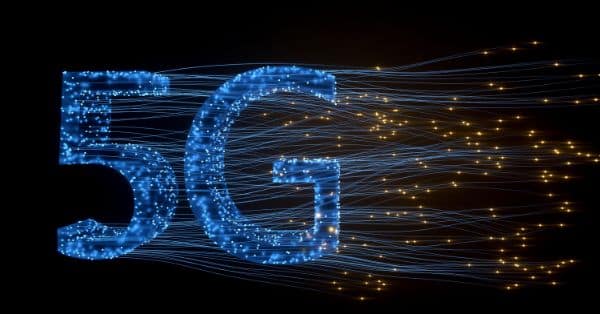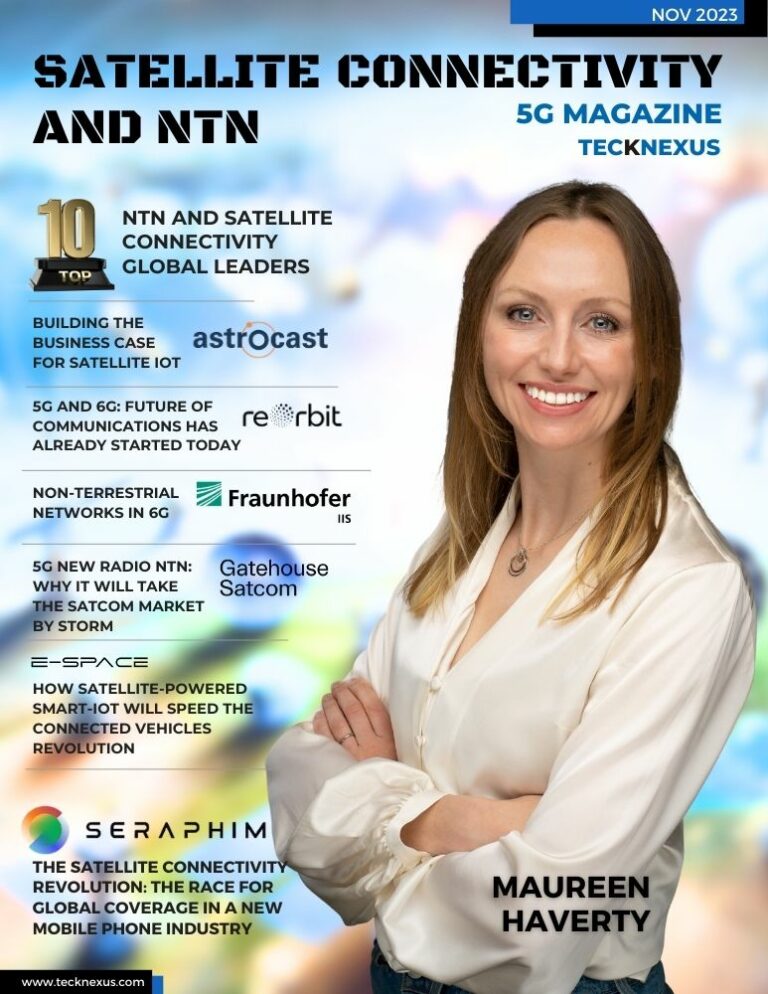The rumor mill is buzzing with the latest updates on the iPhone 16 and iPhone 16 Plus, revealing a mix of enhancements and unchanged features. Notably, the devices are expected to receive a significant boost in RAM capacity, but the anticipated 5G advancements might not materialize.
RAM Upgrade: A Step Forward
Industry analyst Jeff Pu of Haitong International Securities, who previously shared insights in October, maintains his stance on the upcoming iPhone models. According to Pu’s analysis, as echoed in a report from MacRumors, the iPhone 16 and its larger counterpart, the iPhone 16 Plus, are likely to sport 8GB of RAM. This is a notable increase from the 6GB RAM in the iPhone 15 series. The upgrade is set to align the standard models with their Pro counterparts, including the iPhone 15 Pro and the iPhone 15 Pro Max, as well as the speculated specifications for the iPhone 16 Pro and 16 Pro Max.
5G Speeds: Status Quo Preserved
Contrary to expectations of a leap in 5G performance, the standard iPhone 16 models might not see an upgrade in their 5G modem. The speculation points towards the retention of the Snapdragon X70 modem, currently used in all iPhone 15 models. This contrasts with the Pro models, which are rumored to incorporate the new Snapdragon X75 modem, promising enhanced 5G download and upload speeds. The new modem is also expected to be more power-efficient, potentially reducing battery consumption by up to 20%.
Wi-Fi 6E: Bridging the Gap
In a positive turn, the iPhone 16 and iPhone 16 Plus are anticipated to include support for Wi-Fi 6E. This enhancement should improve Wi-Fi performance, aligning the standard models with the Pro versions in this aspect.
A Grain of Caution
While Pu’s assertions offer an intriguing glimpse into the future of Apple’s flagship phones, it is crucial to approach these claims cautiously. With the official launch of the iPhone 16 line anticipated in September, these early rumors, although persistent, remain speculative.
The Implications for Users
If these predictions hold true, the iPhone 16 series could mark a significant step forward in multitasking capabilities, particularly for the standard models. However, users seeking the full potential of 5G might have to look towards the Pro models, which are poised to deliver better connectivity and improved battery efficiency when utilizing 5G networks.

















